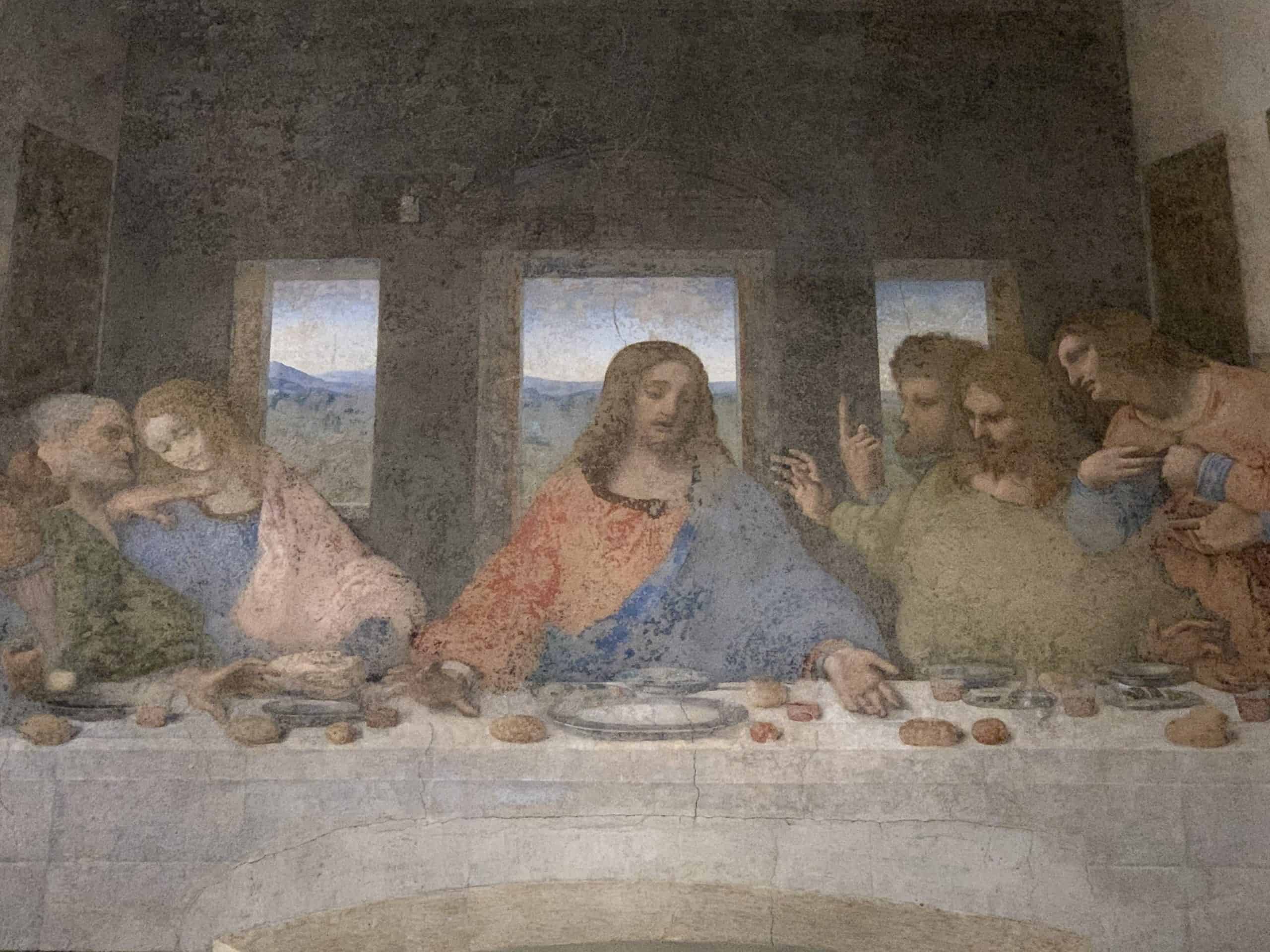
The origins of the Basilica of Santa Maria delle Grazie date back to 1463 when the Duke of Milan Francesco I Sforza ordered its construction.
The works were completed in 1482, although further changes postponed the opening to 1490.
In the refectory of the convent there is the famous Last Supper by Leonardo da Vinci, a work that required the artist three years of work starting from 1495.
When the French conquered Milan (1499-1515), Napoleon had the room transformed into a horse stable regardless of the masterpiece while, during the bombings of August 1943, The Last Supper was miraculously saved by remaining for almost two years in the open air, covered only by a cloth and sandbags.
This evocative piece of history in 1999 underwent a profound restoration, which brought to its former glory one of the most important masterpieces of all Christian art.
The Teatro alla Scala in Milan is one of the symbols of Milan, as well as a symbol of classical music and dance all over the world.
Teatro alla Scala was built on the remains of the Teatro Ducale in 1776 on the orders of Empress Maria Theresa of Austria and was inaugurated two years later.
The Teatro alla Scala, however, became the true emblem of Italian melodrama only in 1812. In 1839 he opened the magnificent era of the great Giuseppe Verdi, the world-famous composer who more than any other is linked to the history of the Teatro alla Scala. At the Teatro alla Scala with the passing of the decades begin to arrive even the great voices, such as that of Maria Callas, the master Luciano Pavarotti, Placido Domingo and great dancers of the caliber of Rudolf Nureyev and Carla Fracci.
Over the years the Teatro alla Scala in Milan has undergone several restorations even if the deepest and most important dates back to 2002 and lasted until 2004.








